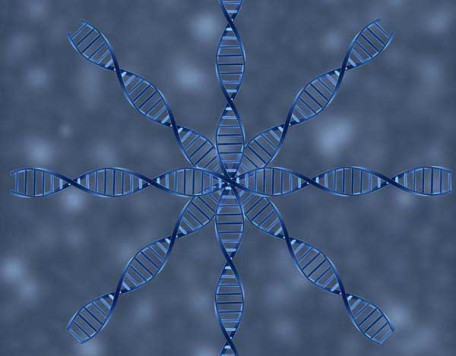© Pint of Science, 2025. All rights reserved.
Is eternal youth possible or desirable? Life expectancy at birth now exceeds 83 years in some parts of the world. Why do organisms age and have different life expectancies? C. elegans is revealing the secrets to a long and healthy life. Researchers are studying how cells in the skeleton respond to being squashed and stretched to keep joints healthy. By understanding the cartilaginous "mechanostat", researchers hope to better aid in the repair of the skeleton.
Who wants to live forever? The biology of ageing.
Associate Prof Alison Woollard
(Associate Professor)
The search for the elixir of youth has been a fantasy through the ages, but is it possible to live much longer, or desirable? Most babies born in 1900 did not live past 50, but life expectancy at birth now exceeds 83 years in parts of the world. Why do organisms age? and why do different creatures have such different life expectancies, from a few hours to hundreds of years? Come with me on the quest for eternal youth, as I introduce you to my favourite creature, the tiny nematode C. elegans, and reveal how this humble worm is letting us into the secrets of a long and healthy life.
How a diminutive, overlooked cell organelle helped you build your skeleton and may just keep it, and you, running.
Dr Angus Wann
(Principal Investigator / Kennedy Trust Fellow)
We study how cells in your skeleton make decisions. We are particularly interested in how they respond to being squashed and stretched. How they respond appropriately to keep your joints healthy. To understand this, we focus on a tiny compartment of the cell. It's used to understand the plethora of environmental cues cells are bombarded by. Acting like a dimmer switch for cellular behaviour, sometimes an accelerator pedal, sometimes a brake, we are trying to understand the cartilaginous “mechanostat”. So, by better understanding how the skeleton is built, we might aid its repair.
Map data © OpenStreetMap contributors.
Other James St. Tavern events
2025-05-21
The Battle Against Our Own Genes
James St. Tavern
47-48 James Street, Oxford, Oxfordshire, OX4 1EU, United Kingdom
2025-05-20
How to Train Your Brain
James St. Tavern
47-48 James Street, Oxford, Oxfordshire, OX4 1EU, United Kingdom


